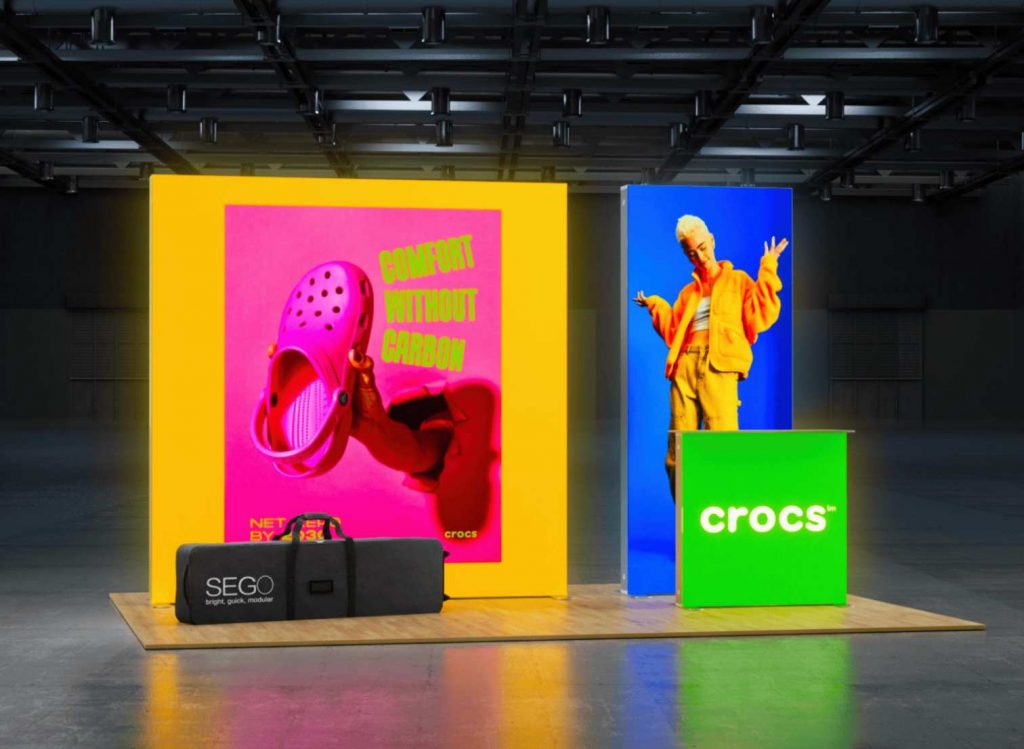
In the modern world lightboxes have become an integral part of interior design. Recently they decorated only shop windows, business centres and other public spaces, but today light boxes have become a popular element of decor in hostels, hotels, public recreation areas. Designers and connoisseurs of stylish solutions are happy to introduce lightboxes to create a unique atmosphere in the premises.
History and evolution of lightboxes
The first advertising light boxes appeared in Paris in 1912, when the owner of a hairdresser’s shop decided to use a neon sign to attract customers. Such light decor became a real hit, replacing the usual signs and billboards. Over time, lightboxes have become more durable and long-lasting thanks to the invention of new materials and backlighting options. The advantages of lightboxes such as cost-effectiveness, ease of installation and attractive appearance have made them popular in various fields. To see examples of light boxes, you can visit https://novodek.com/.
Construction and types of lightboxes
The peculiarity of lightboxes is the simplicity of construction, consisting of:
- sturdy box;
- light sources;
- an outer panel with an image.
They can be double-sided, single-sided, round, square, abstract and stylised under various
shapes and objects.
Double-sided designs can be viewed from both sides. They are often used in shop windows.
One-sided ones are attached to walls or posts.
An important stage in the evolution of lightboxes was the transition from neon lamps to more
efficient LEDs, which made them economical and safe.
Advantages of using light boxes in interior design
Light boxes have a number of advantages, which has ensured their popularity in interior
design. Among them:
- Cost-effectiveness and simplicity. Easy installation and low power consumption make
advertising structures economically favourable; - attractive appearance. Bright glow and saturated images attract attention and create
cosiness; - durability and reliability. Modern materials make light boxes resistant to the effects of
time and external negative factors; - a wide range of design solutions. Different shapes, dimensions and pictures allow you
to choose a variant for any interior style.
Lightboxes fit perfectly into rooms of different purposes. For example, in hotel rooms and
lounges they create cosiness and make the interior unique thanks to stylised images.
In restaurants and cafes light boxes attract visitors with creative design. For this purpose, it is
better to use a design with culinary motifs. In hotel lobbies, they serve as an effective
advertising.
As you can see, lightboxes are not only a working advertising tool, but also a stylish element
of the interior. With their help you can turn a familiar, unremarkable space into a unique,
stylish location. Whether it is a hotel, restaurant or business object, light boxes will become
an integral part of modern design, bringing light and originality to it.

Written by Michael Zippo
Michael Zippo, passionate Webmaster and Publisher, stands out for his versatility in online dissemination. Through his blog, he explores topics ranging from celebrity net worth to business dynamics, the economy, and developments in IT and programming. His professional presence on LinkedIn - https://www.linkedin.com/in/michael-zippo-9136441b1/ - is a reflection of his dedication to the industry, while managing platforms such as EmergeSocial.NET and theworldtimes.org highlights his expertise in creating informative and timely content. Involved in significant projects such as python.engineering, Michael offers a unique experience in the digital world, inviting the public to explore the many facets online with him.
